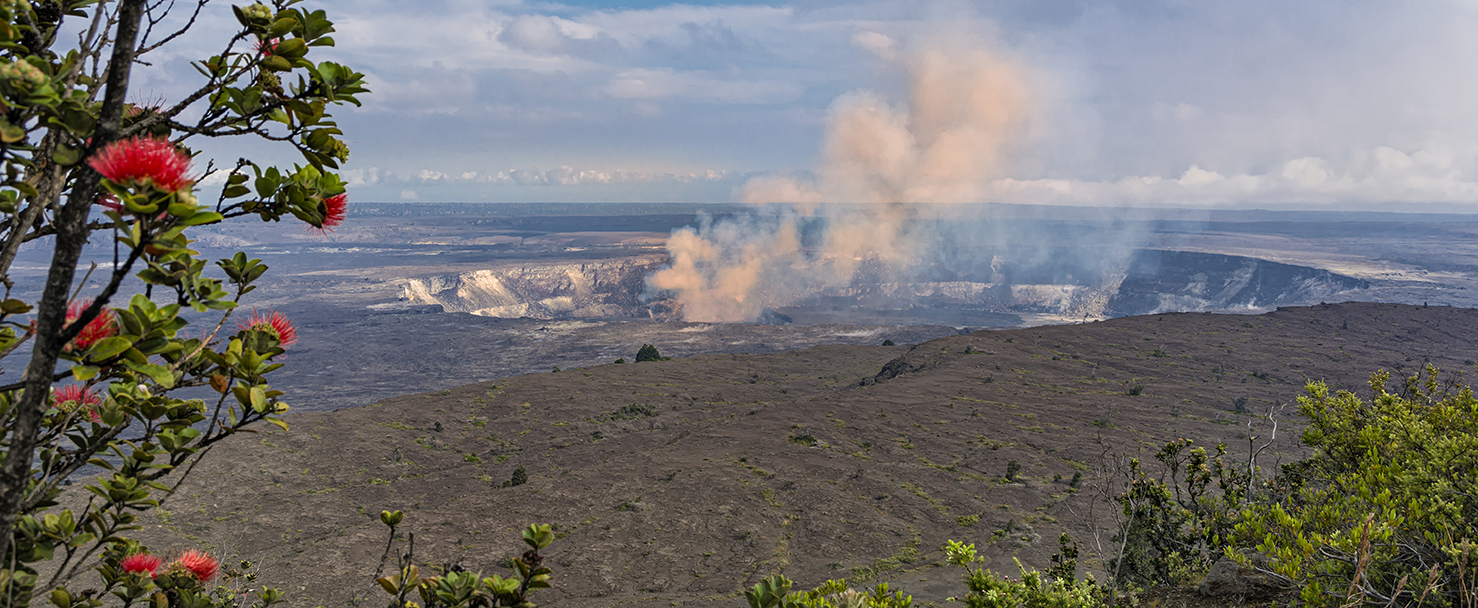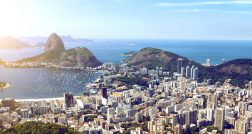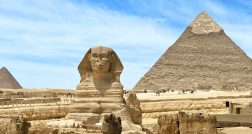Amid Hawaii’s Volcanic Activity, an Optimistic Outlook for Resorts
Though the full impact of Kilauea’s eruption has yet to be determined, high occupancy rates in Q1 offer hope.
In May, the Kilauea volcano on the island of Hawaii erupted, and the lava flow has since spread nearly 10 square miles over the island’s southeastern corner and into the ocean. As of mid-July, there is still one active fissure, and volcanic gas emissions remain high. Perhaps the greatest direct impact to tourism is the closure of Hawaii Volcanoes National Park, the state’s biggest attraction and home to Kilauea.
Ross Birch, executive director of the Island of Hawaii Visitors Bureau, says that though he has seen trepidation from travelers and tourism companies, he is optimistic, in part because of vacation ownership. “Timeshare owners have been some of our most loyal customers through this entire process,” Birch says. “They visit year after year, and they understand what the volcano does (Kilauea has been active since 1983), and they have a higher comfort level.”
“Timeshare owners are truly that crossover between someone who resides on the island and someone who visits,” he says. “I think they embrace the culture and choose this location as their second home or permanent yearly vacation.” This sentiment is expressed in the occupancy numbers for the first three months of this year, with the Hawaii Tourism Authority reporting a 92.0 percent occupancy rate among timeshares statewide, compared with a hotel occupancy rate of 82.9 percent.
Second-quarter numbers reflecting the impact of the eruptions have yet to be released, but there’s reason to be hopeful. “In our internal communication with some of our timeshare partners, occupancy has since stayed pretty steady,” Birch says. “We really appreciate owners’ resilience. I’ve been on the island for over 25 years, and timeshare is really creating a consistent layer of tourism that every destination truly needs.”
Image credit: 123RF




